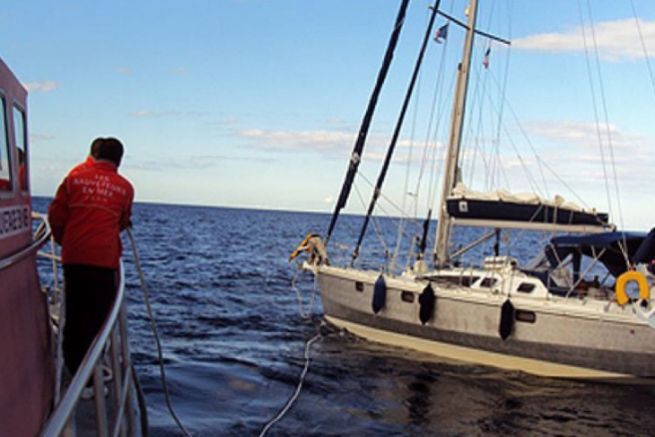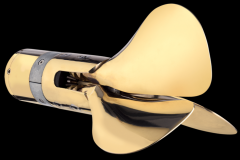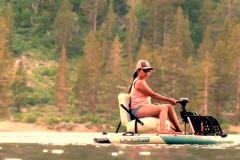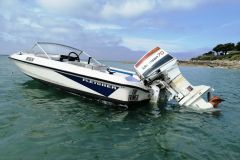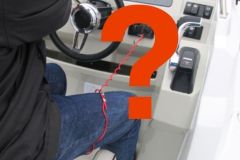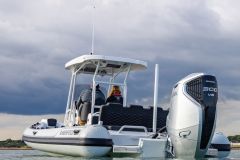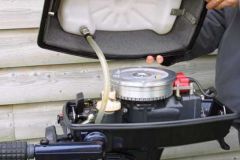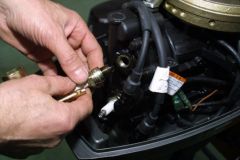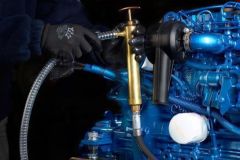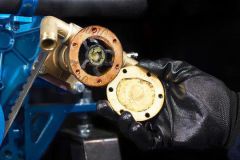Origin of engine failures reported by CROSS and SNSM
The figures communicated by the CROSS and the SNSM specify the origin of the breakdowns in the requests for assistance. Engine failure is clearly predominant.
- Engine failure: 62
- Navigation difficulties: 12.5
- Non-engine failures: 11.5
- Propeller or rudder engaged: 9
- Health problems and miscellaneous: 3
- Diving (apnea and tanks): 2
Origin of engine failures (fixed or outboard) (62% of assistance operations)
- Cooling failure: 14.5
- Power circuit failure: 13
- Battery problem, discharged or old: 12.5
- Polluted fuel or clogged filter problem: 12
- Transmission or baseplate failure: 10
- Electrical failure due to faulty circuits: 7.5
- Fuel failure or gauge failure: 6
- Panel or engine electronics failure: 5.5
- Engine fire: 3
- Other unidentified causes: 16
The breakdown! What to check?
First of all, it is necessary to attempt a quick diagnosis based on realities!
THE ENGINE DOES NOT START (the sailboats will set the appropriate sail and will ask for a possible assistance for the port manoeuvres!)
- Power supply for electrical circuits
- Close the water valve for a stationary motor.
- Check fuel level.
- Look for a possible fuel leak.
THE ENGINE STARTS AND STOPS
- Clogged fuel filter or tank outlet
- Air intake on the fuel system.
- Engine flooded, circuit breaker disconnected or spark plugs defective or dirty.
THE ENGINE LACKS POWER or the regime is unstable:
- The decanter prefilter and/or the fuel filter are clogged.
- Hull or propeller is dirty or an object or material is caught on the propeller or shaft.
- The propeller pitch is not adapted.
- Partially closed choke on carburetor engines.
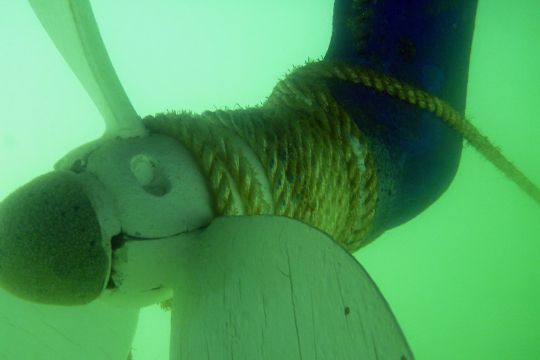
THE ENGINE VIBRATES AND KNOCKS
- Engine does not run on all cylinders
- Propeller is damaged or very dirty
- A silentblock is broken or loose (easy to check but it is the mechanic's job to change it),
- The hydrolube ring is worn (when dry, check if the shaft can vibrate at the chair),
- The shaft anode is loose (common, always tighten it well and hammer the bolts).
THE ENGINE HEATS UP
- The water valve is closed or the strainer is blocked (remember to open the valve before starting),
- The seawater filter of the primary circuit must be cleaned (to be done regularly),
- Impeller is damaged or water pump belt is loose
- The calorstat is defective
- The exchanger is clogged (salt and/or lime deposits)
- Lack of coolant in the secondary circuit (top up with a suitable fluid),
- Sailing "sail and motor" with the motor too much heeled, (or too long at moderate heel).
THE CHARGE INDICATOR STAYS ON
- The belt is loose or broken: tighten it or replace it (replacement is essential on board),
- Alternator or regulator is defective.
THE STARTER DOES NOT START
- Flat battery.
- Dirty or loose lugs
- Faulty circuit breaker
- Corroded battery cable, unsoldered terminal or too much grease on the battery terminal (preferably use silicone grease),
- Defective starter or relay.
THE BATTERY DOES NOT CHARGE
- The batteries are out,
- Alternator or regulator is defective,
- The load distributor is defective.
Tip: Whenever possible, use a separate battery for the engine and provide a bank of 1 or 2 service batteries for the on-board circuit, with the possibility of coupling the engine battery and the bank of service batteries in the event of a problem with the starter battery.
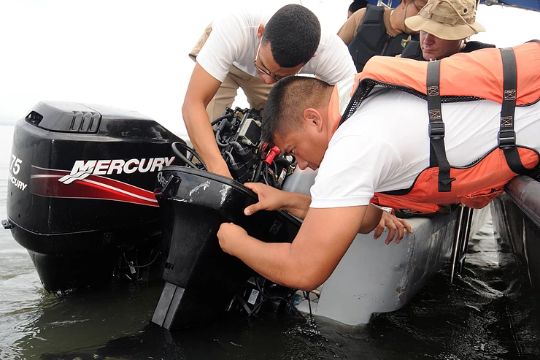
Regular maintenance!
To avoid all this, there is only one solution: regular maintenance! To be done according to the recommendations of the manufacturer's technical booklet
- Engine oil change + oil filter
- Replacement of pre-filter + diesel or gasoline filter
- Water filter cleaning
- Checking the belts
- Check or replace spark plugs
- Checking the oil level in the reverser
- Throttle and clutch control
- Checking the piping, hoses and cooling water valve
- Check the tightening of the "hot" hose clamps, which loosen regularly
- Anode (if motor, base or shaft are equipped with one)
- Stabilizer for diesel or gasoline and antibacterial additive for diesel
- Checking the cable gland
- Control of bronze through-hulls. As a preventive measure, use a pinch plate adapted to the diameter of each through-hull.
